


Randy Newnham
gamer level 8
43826 xp
43826 xp
followers
167
167
Use my invite URL to register (this will give me kudos)
https://boardgaming.com/register/?invited_by=coffeeswiller
profile badges




recent achievements

Explorer - Level 5
Earn Explorer XP to level up by completing Explorer Quests!
Earn Explorer XP to level up by completing Explorer Quests!

Mask of Agamemnon
Explore select games by completing a series of exploration actions. learn more »
Explore select games by completing a series of exploration actions. learn more »

Time Well Spent - News
Click on the hourglass 100 times that appears when you are browsing News pages. learn more >
Click on the hourglass 100 times that appears when you are browsing News pages. learn more >

Advanced Reviewer
Review 13 games and receive a total of 980 positive review ratings.
Review 13 games and receive a total of 980 positive review ratings.
Player Stats
Critic (lvl 4)
2020 xp
2020 xp
Explorer (lvl 5)
3100 xp
3100 xp
Professor (lvl 3)
1368 xp
1368 xp
Reporter (lvl 4)
2387 xp
2387 xp
About Me
Gamer, father, blogger, coffee lover. I am a member of the game design studio Escapade Games, and I blog at Growing Up Gamers.
Twitter: @coffeeswiller



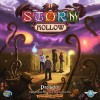



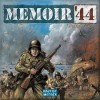

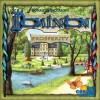








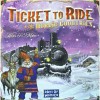










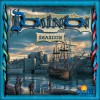

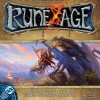


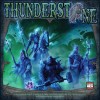



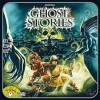


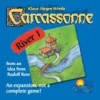

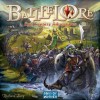

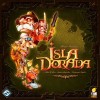



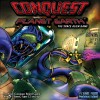
















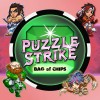


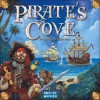
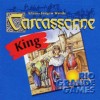

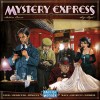

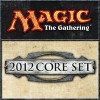










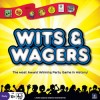




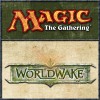

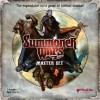




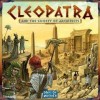


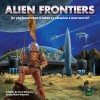



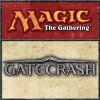




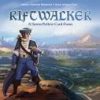


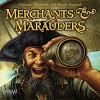







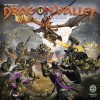
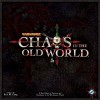








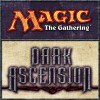
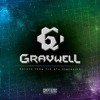
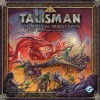
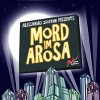
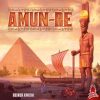
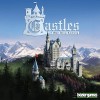



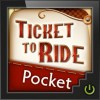

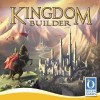

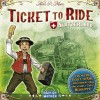


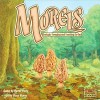





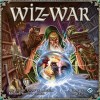



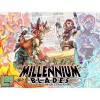




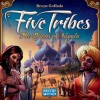
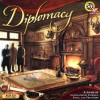


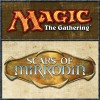
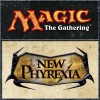
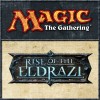

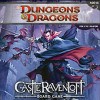






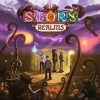
Cleopatra and the Society of Architects
That’s right; I said “tactile”; no mistake. Cleopatra and the Society of Architects is a fun, component-rich game has a lot of replayability. In this excellent game by Days of Wonder, the players take on the role of ancient Egyptian architects designing the ideal tomb for Cleopatra.
The components for this game are excellent molded plastic pieces that you build throughout the game. The box itself is a part of the “board”, and you will be erecting columns and doors alongside it, mosaics and a throne and on top of it, as well as sphinxes and obelisks before it. It is great for those who like interesting components.
There are cards that represent actions and building materials. Each piece needs a specific number of material cards. There are role cards that allow you to use a character to do an action. Most importantly, though, some of the cards are tainted. You earn corruption tokens by playing tainted cards throughout the game, deposited into your own little pyramid to keep the number secret to those not paying attention.
The game ends when the Cleopatra token gets to the doors and surveys the palace. At this point, corruption matkers are counted and the one with the most gets sacrificed to Sebek, the crocodile god. After that, victory points are counted among the players stil remaining and the highest total wins. It is a fun and thematic game, and the components really enhance the experience!